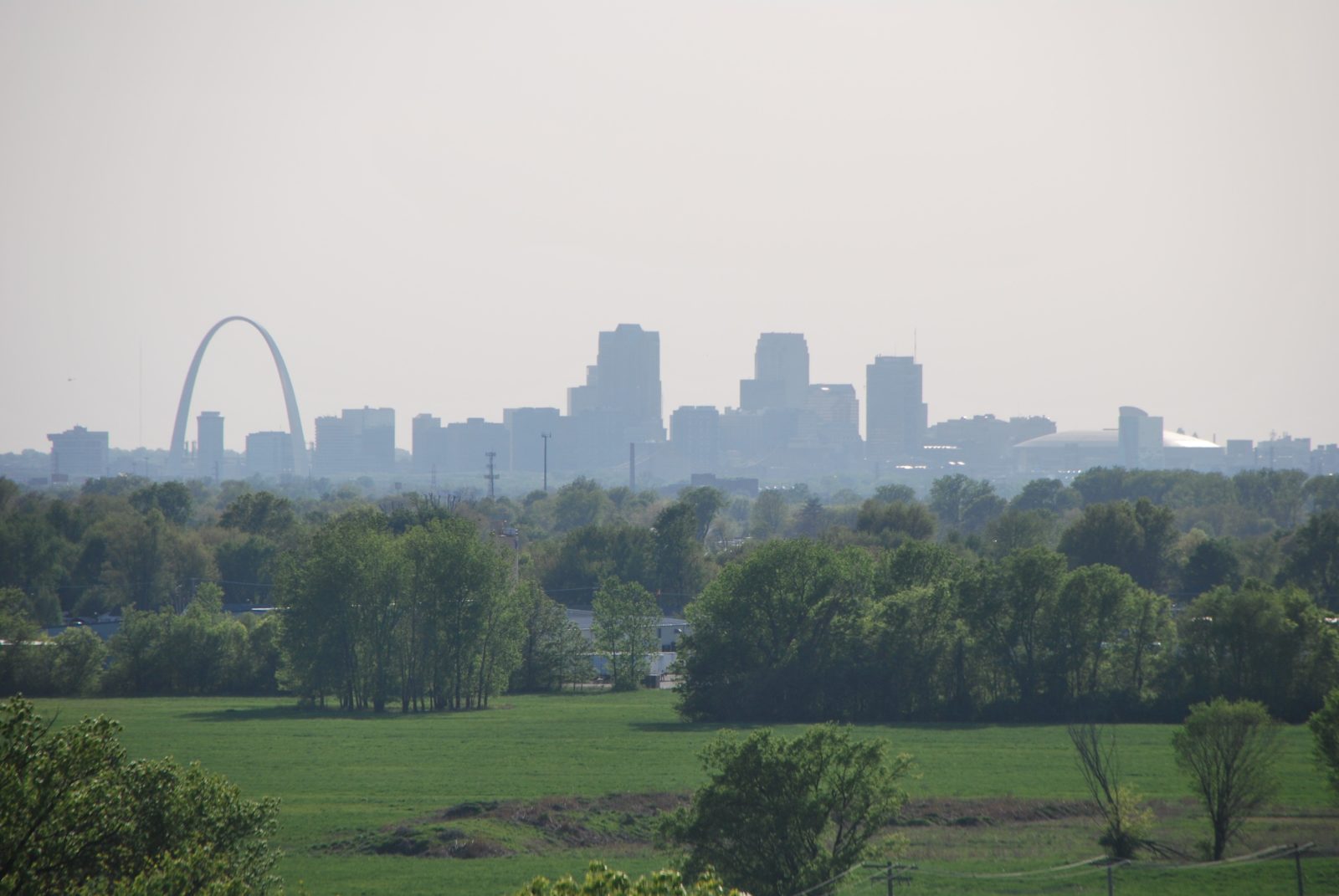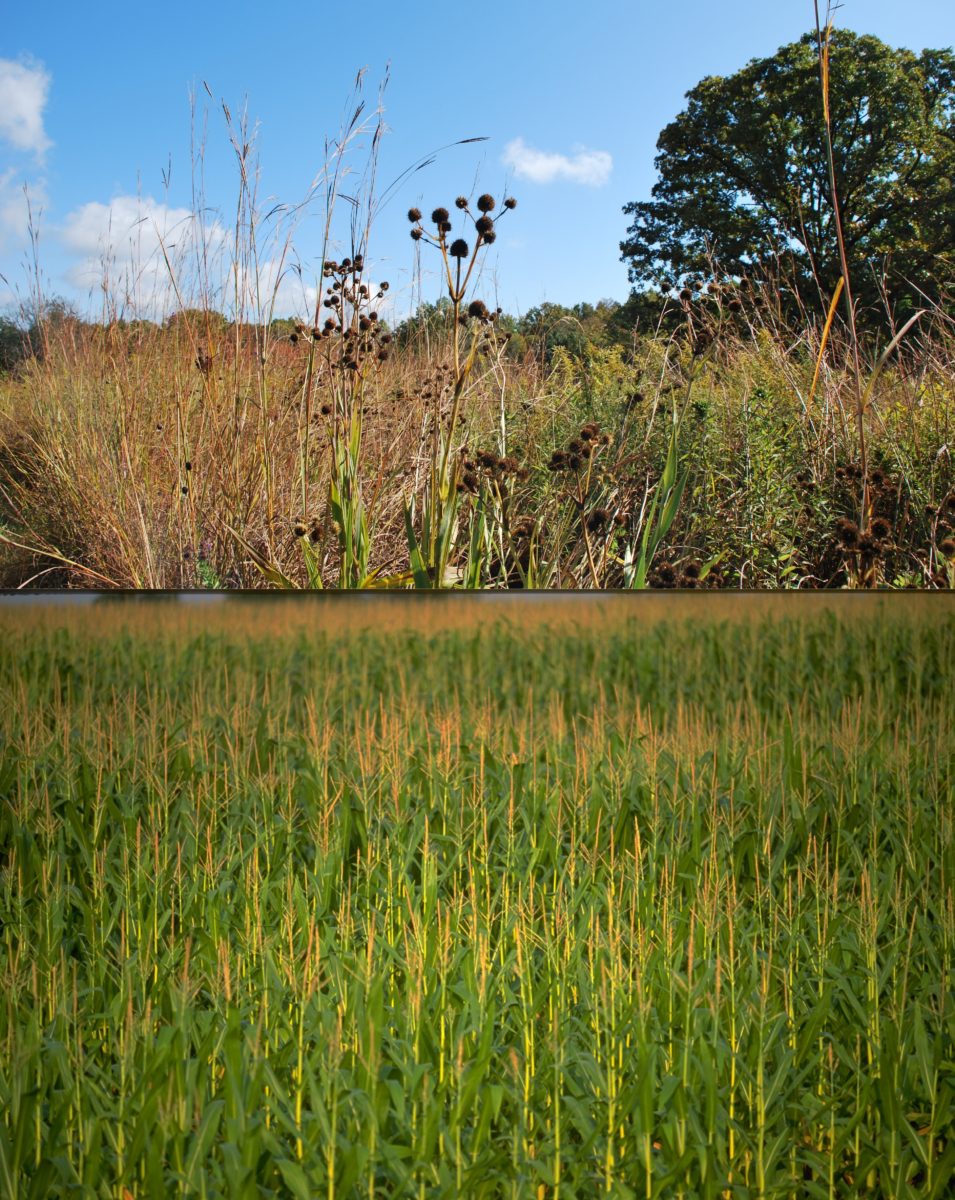IsoMaize and The Ancient Dispersal of Maize
Ricardo Fernandes is running the IsoMaize project as part of the Mississippi: An Anthropocene River project, looking at ancient ecological impacts in the Mississippi River region. Fernandes is collaborating with other scholars at the Max Planck Institute for the Science of Human History and with researchers from the Archaeology Department at Washington University in St. Louis to isotopically trace the ancient spread and intensification of maize cultivation across North America. As it continues, the project will explore which variables may have facilitated or impeded the spread of maize farming in prehistory, and what role it may have played in the sociopolitical developments that resulted in proto-urban centers prior to the arrival of European colonizers.
Maize is the most widely cultivated crop in North America, comprising a sixty-billion-dollar industry annually. Thirty-nine million hectares of land across the continent have been converted from tall-grass prairies and forests to monocrop fields. The dietary demand for maize as a grain, sweetener, or cattle feed, is a powerful driver of anthropogenically controlled ecological change. Modern varieties of maize require high inputs of herbicides and high-nitrogen fertilizer, a portion of which washes into river ways such as the Mississippi. In addition the disruption of the deep grass roots of the prairie lands of the American Midwest set the rich loess soils free and caused the catastrophic Dustbowl during the 1930s.
Beyond the ecological constraints it has engendered, the maize industry in America is closely tied to global politics, with major agro-chemical and farm machinery companies driving ever greater profit margins while the government is forced to increase subsidies of fuel and to source markets for grain gluts through aid or renewable fuel markets. In this sense, North America’s large cities, modest towns, industrial farms, and dwindling small farms are all built on maize production. While an abundance of literature has been published on the modern geopolitical and ecological impacts of maize farming, scholars have a far less vivid image of the deeper time dimension associated with this process, as readable through geologic timescales. Within the IsoMaize project, a team of researchers seeks to trace back the origins of maize in North America and to test assumptions that the earliest urban centers of the Mississippian period, before European colonization, were also built on a foundation of productive maize harvests. Moreover, they seek to test the degree to which this might have had sweeping impacts on the landscapes of prehistoric North America.
The IsoMaize project is a partner project of the IsoMemo initiative (https://isomemo.com) and is working with the Mississippi. An Anthropocene River project
The switch to intensive maize cultivation facilitated the loss of so-called Lost Crops and may have fueled demographic and social expansions, as seen in archaeological remains at sites across the Midwest, such as Cahokia (Figure 2). However, scholars do not agree on whether the intensification of maize was a significant factor in the development of Cahokia or other mound centers across the continent.
Figure 2. The view from the top of Monks Mound at Cahokia looking towards St. Louis, Missouri. Monks Mound is the largest of the North American mounds and would have been the largest built structure in the Americas until just a few hundred years ago. Likewise, the archaeological site of Cahokia was the largest city in North America, north of the Rio Grande River, before European contact. Photo courtesy of the authors.
Beyond its prominence as a crop in North America today, maize has evolved to adapt to an astonishing array of ecosystems around the world. Hopi corn in the American southwest, for example, has evolved elongated radicle in its seeds to accommodate deeper seed burial as a gene-culture co-evolutionary link for protecting seeds and germinating plants from desiccation. Hybrid Green Revolution varieties of maize evolved to be hyper prolific when faced with high-water and high-nitrogen inputs, while modern varieties of maize grown in the Midwest are mostly GMO and hybrid, requiring heavy water, fertilizer, and herbicide inputs. Additionally, maize is today grown at elevations up to 4000masl in the Himalaya, in hot and humid regions of Southeast Asia, and in hyper-arid regions of Africa. The crops has been dispersed by humans around the globe and confronted with extreme selective pressures, both biotic and a-biotic. Part of the goal of IsoMaize is to attempt to map the dispersal of maize across North America and to determine the areas where maize cultivation was adopted by farmers more rapidly than others. In understanding the rates of dispersal and regional pockets of delayed adoption, we should be able to better understand what ecological constraints may have facilitated or deterred the spread of this crop over the past two millennia.
Figure 3. Top: a view of the native tallgrass prairie in Missouri, with Eryngium and tall blue grass visible. Spengler and Mueller argue that the current vegetation communities of these tallgrass prairies are the result of bison extinctions in the region. Bottom: the current view of a homogenous landscape of intensive maize monoculture. The IsoMaize project is studying the processes that led to this extreme case study of the Anthropocene. Photo courtesy of the authors.
IsoMaize is not only seeking to understand the ancient ecological constraints on the spread of maize farming across North America, but also to link up the cultural and political ramifications of an intensification of maize cultivation. Economists, such as Amartya Sen, and demographers, such as Esther Boserup, have argued that human population increases as a response to food availability and that, people do not reproduce without the means to support the next generation. The Boserupian view of demography also suggests that if there is adequate grain surplus, populations will expand and likely aggregate. The switch from the small-seeded and low-yielding North American Lost Crops to high-yielding maize likely did not occur overnight. However, one of the consequences of this switch was, undoubtedly, a greater grain surplus. Given new technology in data processing and mapping, we can test these assumptions for the North American region. It will therefore be possible to determine whether the intensification of maize cultivation preceded the formation of mound building and a greater political hierarchy as well as more expansive villages and general archaeological visibility. Understanding the driving forces for urban development and demographic expansion in North America will help scholars to discuss the role of agricultural intensification in the development of human culture globally.
The IsoMaize project is currently wrapping up data collection and processing and hopes to present more conclusive results in the near future.



